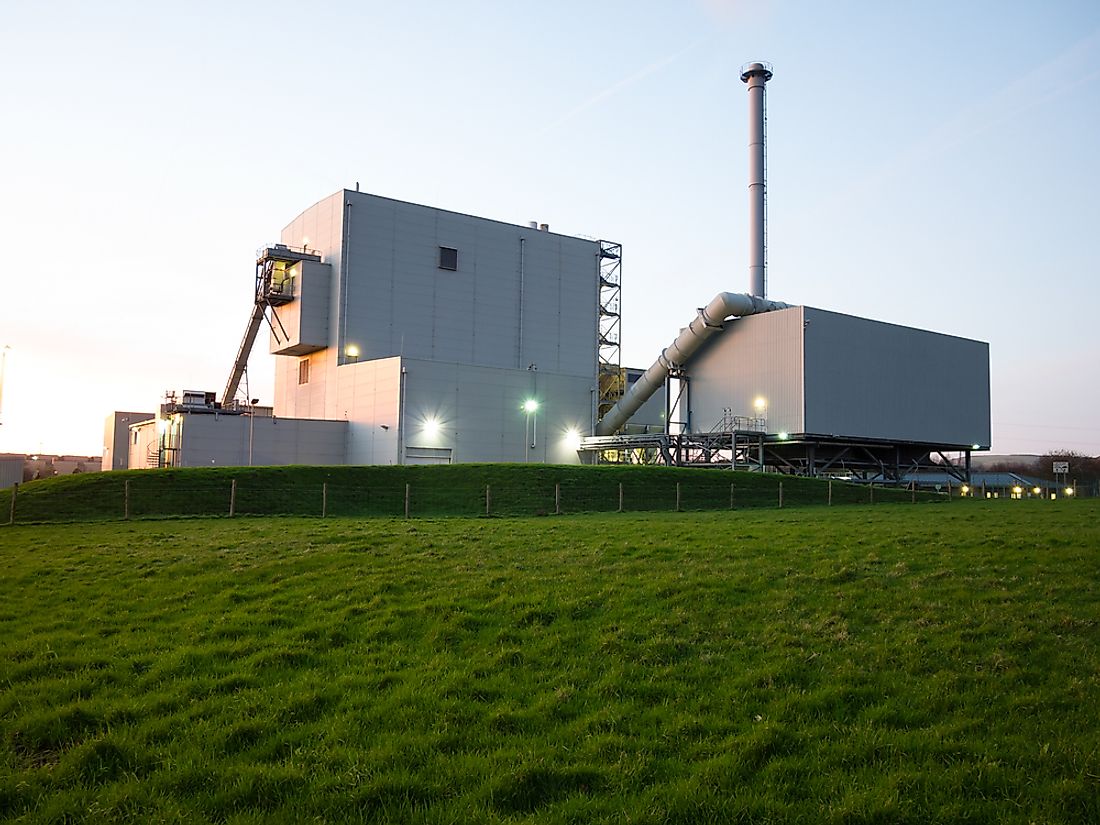What Are The Pros And Cons Of Biomass Energy?

Biomass energy is carbon neutral energy that is generated from natural materials like waste residue, manure, forest debris, and scrap lumber. In this power generation technology, wood waste or other organic waste is combusted through thermal conversion. It then produces steam that runs turbines which power a generator that will eventually generate electricity. With the increasing need for natural and renewable energy, it's important to explore all of the positive and negative sides to using biomass.
The Positive
Abundant
- Organic materials used in the generation of biomass energy are readily available and inexhaustible. Organic wastes are available in abundance, much like water and sun, all over the world as long as there is the existence of life. Though biomass, aterials that could have ended up useless in landfills are utilized to give energy. This availability has reduced the cost of gas and electricity and has eased domestic production.
Simple
- Biomass fuels can be used at a local consumer level. This cuts down on the cost that comes with depending on power companies.
Reduce Dependence on Fossil Fuels
Biomass can reduce a society's dependence on fossil fuel. The abundant material available for biomass far outdoes that of fossil fuels.
Can Be Saved for Later
- Unlike many other sources of kinetic energy, biomass contains stored energy that can be kept and later utilized when the need arises.
Reduce, Reuse, Recycle
- Lastly, Biomass creates power by making use of renewable assets that would otherwise have been an underutilized waste. Through replanting and replenishment, it is considered easy to maintain these resources.
While the pros are numerous, that does not make biomass perfect. Some of the disadvantages are listed below.
The Negative
Deforestation
- The growth of biomass can lead to mass deforestation. Wood is a significant source of biomass energy; it is required in large amounts for it to meet the demand needed. Studies reveal that for every one percent production increase of biomass, close to twenty percent of forest cover has to be harvested.
Harmful Emissions
- Smokestack tests have proven that biomass is heavily polluting the air. The burning of organic material emits led, nitrogen oxide, particulate matter, carbon monoxide, Sulphur dioxide and even mercury, which is a cause of massive air pollution.
Takes Up Space
- Biomass requires a lot of space and fertile land to develop. Land put in use for biofuel crops are unavailable for growing food. Space is not always available in urban or built-up areas, or in countries that have very little arable land to begin with. This lack of space is a limiting factor to areas where such development can be carried out.
Expensive
- Biomass energy is relatively expensive. While the cost of acquiring biomass fuels is lower than most types of energy sources, they are generally higher than other forms of energy.
In conclusion, biomass has green energy potential. However, if it is poorly executed to the point of overproduction, it could be very destructive to the environment. The amount of water and trees that is needed to harness biomass is particularly troublesome. However, any energy source that brings us away from fossil fuels may be worth exploring.







